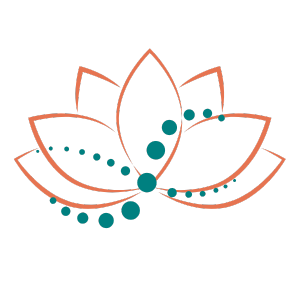Sports/Orthopedic
Growing evidence supports that stem cell applications accelerate tissue repair, strengthen joint structures, and restore optimal biomechanics in patients with sports injuries and orthopedic conditions.
Here are the 10 most commonly treated sports/orthopedic conditions:
-
Damage to the muscles and tendons that stabilize the shoulder joint, causing pain, weakness, and limited range of motion particularly with overhead movements.
-
Painful conditions affecting the tendons that join the forearm muscles to the elbow, typically caused by repetitive motion and overuse.
-
Injuries to the stabilizing ligaments and cartilage of the knee that cause pain, swelling, and instability during movement.
-
Damage to the strong fibrous cord connecting calf muscles to the heel bone, resulting in pain, stiffness, and weakened push-off strength.
-
Inflammation of the thick band of tissue that runs across the bottom of the foot, causing stabbing heel pain particularly with first steps in the morning.
-
Wear-and-tear degeneration of joint cartilage and underlying bone that causes pain, stiffness, and reduced function in weight-bearing joints.
-
Injuries involving the stretching or tearing of muscle fibers or tendons, resulting in pain, swelling, and limited function.
-
Injury to the smooth, protective tissue that covers joint surfaces, leading to roughened movement, inflammation, and eventual joint damage.
-
Inflammation, irritation, and microscopic tearing of tendons causing pain and decreased strength and function.
-
Damage to spinal structures from athletic activities, including muscle strains, disc issues, and stress fractures that limit performance and cause pain.

Stem Cell Protocol
Advanced imaging and functional movement assessment
Customized stem cell concentration preparation
Precision-guided injection into damaged tissues
Integration with recovery exercises in San Miguel's therapeutic environment
Progressive rehabilitation program with performance monitoring
Benefits of Stem Cell Therapy Over Traditional Treatment
Significantly shorter recovery time compared to surgical repairs
Regenerates natural tissue rather than introducing artificial materials
Reduces risk of re-injury by improving tissue quality
Maintains natural biomechanics rather than altering them through surgery
-
Most patients can resume light activities within days. A personalized recovery plan will guide your return to full activity, typically within 4-8 weeks depending on your specific condition.
-
Both acute and chronic injuries respond well to treatment. Longstanding injuries may require additional sessions, but many patients with years-old injuries experience significant improvement.
-
Stem cells offer more comprehensive healing potential than PRP alone, as they can differentiate into needed tissue types and provide more growth factors for regeneration. We sometimes combine both for enhanced results.
Frequently Asked Questions
-
Your recovery protocol will be personalized, but most patients require minimal supportive equipment. The focus is on progressive movement in San Miguel's therapeutic environment rather than restriction.
-
Yes. By improving tissue quality and restoring optimal function, stem cell therapy can strengthen vulnerable areas, potentially reducing future injury risk.
-
Our comprehensive assessment evaluates tissue damage, functional limitations, previous treatments, and recovery goals. Many conditions traditionally requiring surgery respond well to our stem cell protocols.




